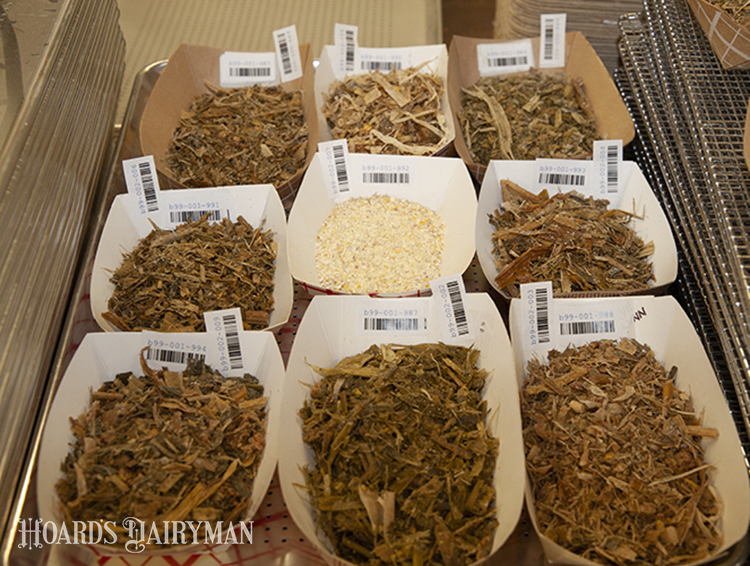
This 2020 corn crop appears to be bucking the past two crop years' repeated trends for many issues. In 2018 and 2019, ear and stalk rot issues predisposed corn crops to both fungal and mycotoxin contamination. The contaminated silage and grain then plagued dairy cattle from the East Coast to the West Coast, as the silage was fed on farms and the grain traveled from growers in affected regions to livestock farmers. The 2020 corn crop appears much cleaner in the field, silo, and the feedbunk.
In the field, the standing corn crop appeared cleaner based upon late season conversations with my colleague professor Damon Smith at the University of Wisconsin-Madison. He had commented that there was reduced disease prevalence this year, and it wouldn’t surprise him to recognize lighter mycotoxin contamination. As those harvested silage and grain crops come through Rock River Laboratory in the form of crop samples, we’re seeing a cleaner crop materialize with lesser mycotoxin load in analyzed feeds and forages. This is good news at a time when good news is less frequently delivered.
The big picture
The primary data source through the laboratory has been silages, as corn grain harvest is still underway. In the figure, all feeds analyzed for vomitoxin are shown for the past two years. The red line corresponds to a potential concern level at 1 part per million, which is applicable for total mixed rations in dairy. This serves as a reference line for us to visually see trends.

The samples analyzed in the past two months are clearly centered well below the red line. Think of this observation like cooked versus uncooked beef.
The cooked meat is devoid of harmful organisms, like the 2020 crop, whereas the 2018 and 2019 experiences were more like raw meat.
Even damaged corn is cleaner
Working with Beef Team Extension specialist Garland Dahlke at Iowa State University, we’ve been curious how damaged corn from the catastrophic summer derecho would fare in cleanliness. Garland collected and submitted both corn silage and grain samples from standing and down corn to the lab recently. The outcome left us perplexed because we didn’t observe much difference in crop cleanliness between the standing versus damaged corn. All were relatively clean! We then folded Damon and the University of Wisconsin-Madison’s Luiz Ferraretto into our discussion thread for added insight.
Damon helped clarify how down or damaged corn could still be clean, reminding us that for disease to take hold the disease triangle needs to be complete, and the weather drives a lot of disease. In this situation, the corn went down, but the weather dried up after the event and the lacking moisture prevented fungal disease taking hold apparently.
Take this feed hygiene conversation up with your agronomist and nutritionist. Not all regions may fit the general observations described here. Also, while the mold and mycotoxin load are lighter, don’t ignore spoilage yeast or other bacterial contaminants in your feed hygiene discussion. Spoilage yeast can interfere with rumen bacteria and are an underrecognized challenge for dairies in the humid regions.








